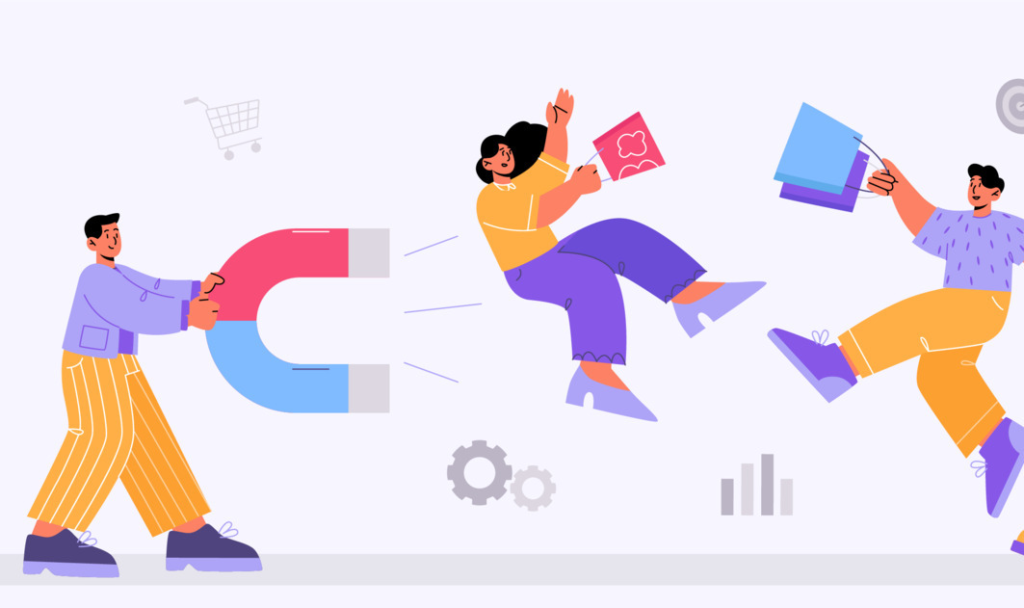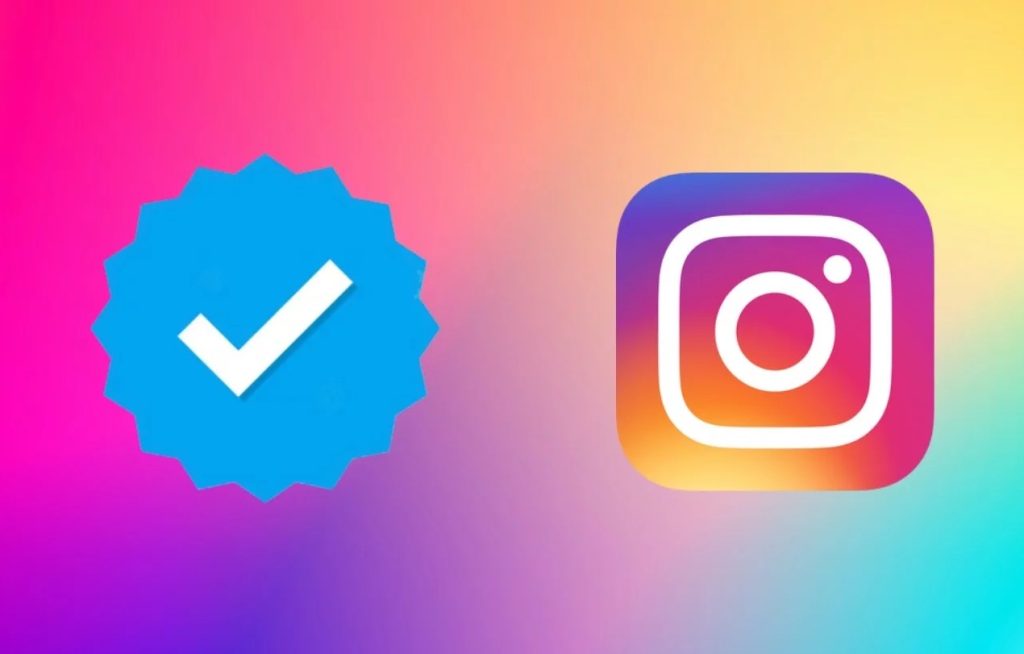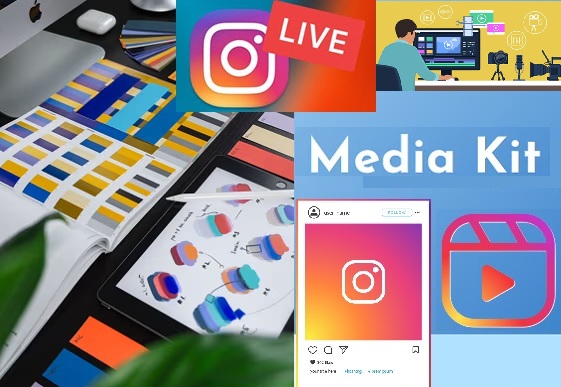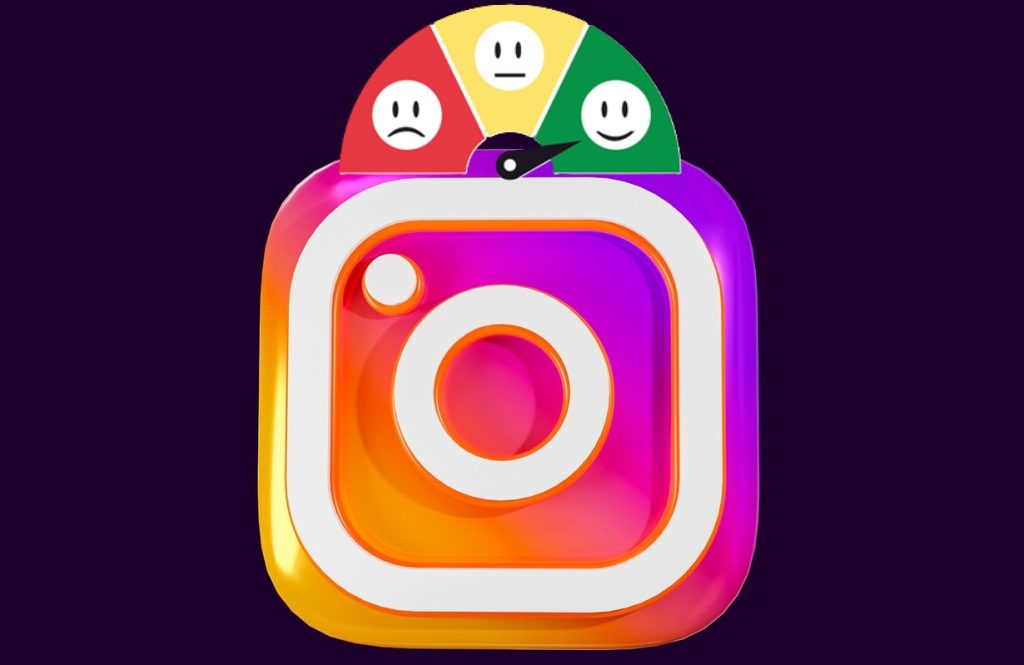Editing Your Instagram Content: Native vs. External

Instagram has become a powerful platform for personal branding and business growth. Creating compelling content requires careful attention to editing. However, you face an important choice when editing your Instagram content. You can use Instagram’s built-in tools or rely on external applications. Each approach offers distinct advantages and limitations. Understanding these differences will help you make informed decisions. Your editing workflow directly impacts your content quality and efficiency. Therefore, choosing the right method matters for your success.
The debate between native and external editing continues to evolve. Instagram regularly updates its built-in features. Meanwhile, third-party apps push creative boundaries with advanced capabilities. Many creators struggle to determine which approach suits their needs best. Some prefer the simplicity of native tools. Others demand the precision that external apps provide. Additionally, your specific goals influence which method works better. This article explores both options comprehensively. We’ll examine the strengths and weaknesses of each approach.
Understanding Native Editing Tools on Instagram
Instagram provides a robust suite of editing tools directly within its platform. These native editing features have expanded significantly over recent years. Most recently, Instagram released its Edits app, a free video creation app designed for creators. Users can access filters, adjustment sliders, and creative effects instantly. The interface remains intuitive and user-friendly for beginners. Moreover, Instagram continuously adds new capabilities to keep pace with user demands. Native editing allows you to modify photos and videos without leaving the app. This streamlined process appeals to creators who value convenience and speed.
The platform offers basic adjustments like brightness, contrast, and saturation controls. Furthermore, you can apply filters that instantly transform your content’s aesthetic. Instagram Stories and Reels include additional creative tools for engagement. Stickers, text overlays, and music integration enhance your storytelling capabilities. Additionally, the drawing tools let you add personalized touches to your posts. These features make editing your Instagram content accessible to everyone. You don’t need technical expertise to create visually appealing posts.
However, native editing tools have inherent limitations compared to professional software. The adjustment options provide less granular control over your images. Advanced techniques like layer manipulation remain unavailable within the app. Consequently, professional photographers and designers often find these constraints frustrating. The filter selection, while extensive, offers limited customization options. Nevertheless, for casual users and quick edits, native tools deliver satisfactory results. They strike a balance between functionality and simplicity that works for many creators.
The Advantages of Using Native Editing Features
One significant benefit of native editing is its seamless integration with Instagram’s posting process. You can shoot, edit, and publish content in a single workflow. This efficiency saves considerable time compared to using multiple applications. Moreover, you avoid the hassle of exporting and importing files between programs. The native tools are optimized specifically for Instagram’s display requirements. Therefore, you won’t encounter formatting issues or quality degradation during uploads.
Another advantage involves staying current with Instagram’s latest features and trends. The platform prioritizes content created using its native tools in some algorithmic considerations. While Instagram hasn’t explicitly confirmed preferential treatment, anecdotal evidence suggests benefits. Additionally, new features like templates and creative effects appear first in-app. Early adoption of these tools can give you a competitive edge. Your content appears fresh and aligned with current platform trends. Consequently, editing your Instagram content natively keeps you in the mainstream.
Native editing also eliminates concerns about compatibility and software updates. You don’t need to worry about third-party apps breaking after platform changes. Instagram ensures its built-in tools work flawlessly with every update. Furthermore, there’s no learning curve when new Instagram features launch. The interface remains consistent and familiar throughout your experience. This reliability matters greatly for creators who post regularly. You can maintain a consistent workflow without unexpected disruptions or technical issues.
External App Options for Enhanced Control
External editing applications provide professional-grade capabilities that surpass Instagram’s native tools. Popular apps like Adobe Lightroom, VSCO, and Snapseed offer sophisticated features. These programs give you precise control over every aspect of your images. Moreover, you can perform complex edits like selective adjustments and advanced color grading. Professional creators often rely on external apps to achieve their signature aesthetic. The depth of customization available transforms good content into exceptional visual stories.
Video editing apps like InShot and CapCut revolutionize content creation. Adobe Premiere Rush has been part of that revolution, but has been discontinued with the release of Adobe Premiere on iPhone. An Android version of the app is currently under development. They offer timeline-based editing with multiple layers and transitions. Additionally, you can add professional effects that Instagram’s native tools cannot replicate. Audio editing capabilities allow for precise sound design and mixing. These features prove essential for creating high-quality Reels and video content. Consequently, editing your Instagram content with external apps elevates production value significantly. Your posts stand out in crowded feeds with polished, professional appearances.
Graphic design applications like Canva and Adobe Express expand creative possibilities further. They enable you to create custom graphics, templates, and branded content elements. Moreover, these tools facilitate consistent visual branding across all your posts. You can design eye-catching text overlays and compelling infographics with ease. The template libraries save time while maintaining professional standards. External apps thus provide capabilities that native editing simply cannot match. They transform your content from amateur snapshots into strategic visual communications.
Advantages of Using External Apps for Content Creation
External applications offer unmatched precision and control over your creative vision. You can fine-tune every detail of your images and videos meticulously. Professional editing software provides tools like curves, hue/saturation/lightness (HSL) adjustments, and masking capabilities. These advanced features allow you to correct specific problems and enhance particular elements. Additionally, batch editing functions save tremendous time when processing multiple images. You can apply consistent edits across your entire content library effortlessly.
Another significant advantage involves creative flexibility and experimentation without limitations. External apps let you push boundaries and develop unique visual styles. You’re not constrained by Instagram’s predetermined filters or limited adjustment ranges. Furthermore, many external apps support non-destructive editing workflows. This means you can experiment freely and revert changes without permanently altering original files. Such flexibility encourages creative exploration and helps you discover your distinctive aesthetic. Editing your Instagram content externally thus fosters artistic growth and differentiation.
External apps also enable you to maintain higher quality throughout your editing process. Many applications preserve original file quality better than Instagram’s compression algorithms. You can work with RAW image files that contain maximum detail and dynamic range. Additionally, external apps often support higher resolution exports and better compression settings. This quality advantage becomes particularly noticeable on larger screens and high-resolution displays. Professional creators who prioritize visual excellence find this aspect invaluable. Your content maintains its integrity from capture through final publication.
Limitations of Native Editing
The primary disadvantage of native editing involves its limited creative capabilities and control. Instagram’s tools provide basic adjustments that may not meet professional standards. You cannot perform complex tasks like frequency separation or advanced retouching. Moreover, the lack of layer support prevents sophisticated compositing and blending techniques. These limitations frustrate creators who want to produce highly polished content. Consequently, your creative vision may be compromised by technical constraints.
Another significant drawback concerns the difficulty of maintaining consistent branding across posts. Native editing lacks tools for saving and applying custom presets reliably. Each image requires manual adjustment to match your desired aesthetic. Furthermore, achieving consistent color grading proves challenging with limited controls. This inconsistency can undermine your brand identity and visual cohesion. Professional accounts require uniformity that native tools struggle to deliver. Therefore, editing your Instagram content solely with native features may damage your professional image.
Additionally, native editing offers no backup or version control for your work. Once you apply changes, you cannot easily revert to previous versions. This limitation forces you to maintain separate copies of original files manually. Moreover, if you accidentally publish an imperfectly edited post, corrections require complete rework. The inability to save work-in-progress or create multiple variations limits experimentation. These workflow constraints reduce efficiency and increase the risk of mistakes. Serious creators find these limitations particularly problematic for professional content production.
Challenges of Relying on External App Workflows
Using external apps introduces complexity and additional steps into your content creation process. You must transfer files between applications and devices repeatedly. This workflow increases the time investment required for each post significantly. Moreover, managing files across multiple platforms creates organizational challenges. You might lose track of edited versions or original files easily. Additionally, each transfer potentially degrades quality through compression and reformatting. These inefficiencies can discourage consistent posting and reduce your overall productivity.
Another challenge involves the learning curve associated with professional editing software. Many external apps require significant time investment to master effectively. The abundance of features and options can overwhelm beginners initially. Furthermore, some applications require paid subscriptions or expensive one-time purchases. Budget constraints may limit your access to the best tools available. Consequently, creators must balance cost considerations against desired capabilities. Editing your Instagram content with external apps demands both financial and educational investments.
Compatibility issues can also create frustrating obstacles when using external applications. Apps occasionally break or lose functionality after Instagram updates its platform. Export settings that worked previously might suddenly produce unexpected results. Moreover, different apps may handle color profiles or aspect ratios inconsistently. These technical problems require troubleshooting that disrupts your creative flow. Additionally, some external apps may not support the latest Instagram features immediately. You might miss opportunities to leverage new platform capabilities while waiting for app updates.
Finding the Right Balance for Your Needs
The optimal approach often involves combining native editing with external app capabilities strategically. Many successful creators use external apps for primary editing and refinement. Then they apply final touches using Instagram’s native tools for platform-specific features. This hybrid workflow leverages the strengths of both approaches effectively. Moreover, it ensures your content maintains quality while accessing the latest Instagram features. Consequently, editing your Instagram content doesn’t require choosing one method exclusively.
Your specific content type and goals should guide your editing strategy selection. Simple lifestyle photos might require only native editing for quick, authentic posts. However, professional product photography demands the precision of external applications. Additionally, video content benefits greatly from external apps’ advanced editing capabilities. Stories and casual updates work perfectly with Instagram’s built-in tools. Understanding these nuances helps you allocate time and resources efficiently. Each piece of content deserves appropriate treatment based on its purpose and audience.
Consider your available time, budget, and skill level when developing your workflow. Beginners should start with native editing to build foundational skills gradually. As your abilities grow, gradually incorporate external apps for specific improvements. Furthermore, evaluate whether the quality improvements justify the additional time investment. Professional accounts typically benefit more from advanced editing than personal accounts. Your posting frequency also influences which approach proves most sustainable long-term. Editing your Instagram content should enhance rather than hinder your creative process.
Making Strategic Decisions About Your Editing Workflow
Successful Instagram content creation requires thoughtful consideration of your editing approach. Neither native nor external editing provides a universally superior solution. Instead, the best method depends on your unique circumstances and objectives. Professional creators generally need external apps for competitive visual quality. Casual users often find native editing perfectly adequate for their purposes. Additionally, your target audience’s expectations should inform your quality standards significantly.
Experimentation remains crucial for discovering what works best for your specific situation. Try different workflows and track their impact on engagement metrics carefully. Moreover, pay attention to how different editing approaches affect your consistency and efficiency. The most sophisticated edits mean nothing if they prevent regular posting. Sometimes simpler native editing enables better consistency than perfectionist external workflows. Balance remains key to sustainable content creation success. Therefore, editing your Instagram content should serve your broader strategic goals.
Your editing choices ultimately reflect your brand identity and values to your audience. Professional, polished content communicates different messages than raw, authentic posts. Consider what impression you want to create in viewers’ minds deliberately. Native editing often enhances authenticity and relatability for personal brands. External apps help corporate accounts maintain professional standards and visual consistency. Your editing approach thus becomes part of your overall communication strategy. Choose methods that authentically represent your brand while meeting audience expectations effectively.
For related information on creating visual content for Instagram, read “Graphics and Designs for Instagram without Advanced Skills.”
VerifiedBlu is a great resource for growing your Instagram followers organically and authentically. Contact us to talk about how we can help.









